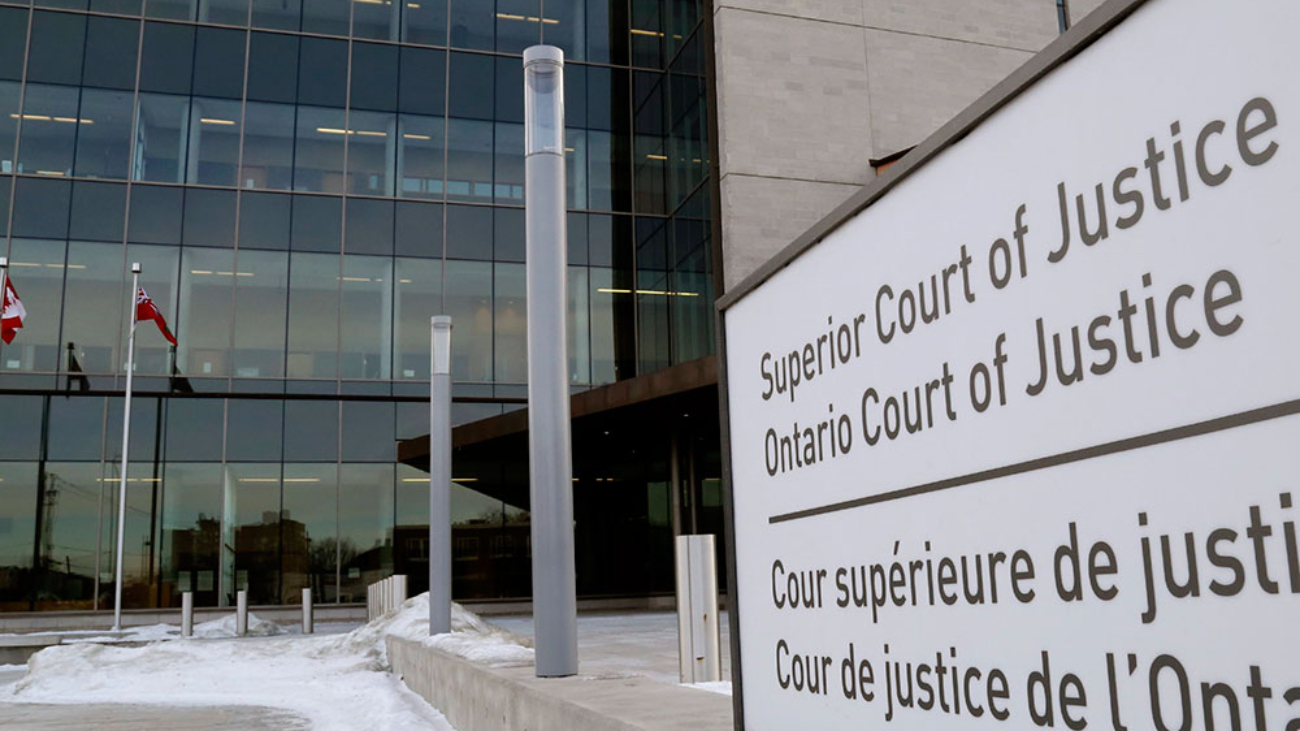SEE YOU IN COURT—BUT WHERE?
Even though all civil claims in Ontario go through the same court system, they don’t all go through the same procedure, and the relief you seek will determine what court and procedure you need to follow..
SMALL CLAIMS COURT
If your claim is for payment of money damages or recovery of personal property worth up to $25,000.00, your claim will go to the Small Claims Court.
Small Claims Court procedures tend to be less formal than those in Superior Court because many of the plaintiffs and defendants in court are self-represented. But while it is generally less costly and time-consuming to take a case from filing the claim to trial, the Small Claims Court still applies the same laws and rules of evidence under the Rules of the Small Claims Court. Whether you are representing yourself or have a legal representative, it is imperative to prepare and produce all the witnesses and documents you need to make or defend your case.
SUPERIOR COURT OF JUSTICE—SIMPLIFIED PROCEDURE
If your matter is for money damages, or the recovery of real property or personal property worth over $25,000.00 but less than $100,000.00, it will go through the Simplified Procedure in the Superior Court of Justice.
Simplified Procedure cuts out some of the procedural steps taken in all other Superior Court matters. For example, oral discovery is significantly shorter and parties have the option to hold a summary trial with evidence introduced by affidavits and time-limited examinations. But it also includes mandatory settlement discussions after the parties have exchanged their statements of claim and defence and affidavits of documents to encourage resolving matters.
The cost of matters in simplified procedure tends to be greater than in small claims but less than in other Superior Court matters, and most parties will have lawyers acting for them.
SUPERIOR COURT OF JUSTICE
The Superior Court of Justice can hear any civil claim in Ontario and provide any relief that the court can grant. If your claim for more than $100,000, or if it asks for relief other than damages (such as an order for a specific action, an injunction to stop one, or a declaration of legal rights or title to property), it must go to Superior Court.
The Rules of Civil Procedure govern the conduct of all matters in civil cases from starting a claim through to trial. The Rules are detailed and complex and the Court requires strict compliance. Failing to do so can have serious consequences including legal costs and having your case dismissed.
The lawyers at Alemi Law Group are experienced litigators who can help you assess what damages and other relief you can seek, manage and present your case efficiently and effectively, and advise you on all options for resolving it.
Disclaimer: To the full extent permitted by law, Alemi Law Group does not make any warranties, conditions, representations of any kind as to the accuracy of this publication and other contents on this website. Accessing or using this website does not form a lawyer-client relationship. Individuals and companies do not become clients of Alemi Law Group and/or its lawyers until such time as Alemi Law Group accepts to represent and that it is confirmed in a formal retainer agreement outlining the exact nature of the legal relationship.


















